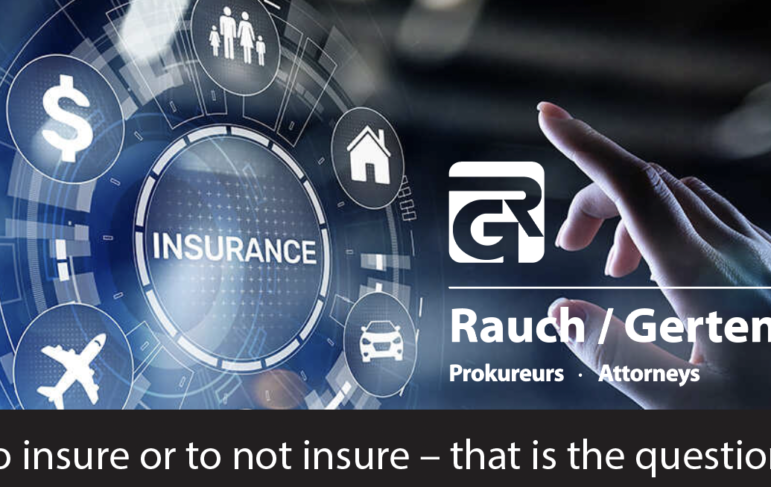Insured, congratulations! Now what?
It is said that there are only 2 types of vehicle drivers: those who have been involved in a collision and those to still be involved in a collision.
As morbid as the aforementioned statistic may be, consider for a moment that only 30 percent of vehicle drivers on SA roads have insurance. That’s correct, at best only 1 in every 3 vehicles on our roads are insured which inevitably means that should You be involved in a collision with your beloved Fortuner the other party may very well not be insured which leaves you with little to no recourse to recover your damages.
Hence insurance. We are all well familiar with the concept of insurance. It’s as sure as death and taxes. Well almost. This article will focus on one specific type of insurance: short-term, motor vehicle and Third Party liability insurance.
Insurance is generally seen as a grudge purchase. Nobody wants to pay any amount of money (especially in the current financial climate) towards something for which they get no apparent immediate value. Insurance is however not obligatory – except if you have purchased a vehicle under finance. Insurance is indeed obligatory in terms of your finance agreement for the purpose of indemnifying, not only yourself, but also the financial institution for any loss or damage to the vehicle should it be involved in a collision.
If you are one of the lucky few who do not drive a bank financed vehicle the option is yours whether you wish to insure the vehicle for damage or loss (and perhaps more importantly yourself as driver against causing a collision and being held liable for another drivers Porsche).
All roads seemingly lead back to insurance. So unless you are a trust fund beneficiary or self- insured, the normal man (or woman) on the street is left with no option but to take out insurance and pay a premium every month to ensure that his or her vehicle it is secured from damage or loss and furthermore that his or her estate is safeguarded against a potential Third Party claim in the event should you be the cause of a collision.
But what actually happens once a collision has occurred and the insurance has (or has not) paid out the damages? An insured driver enjoys cover for his or her own damages for the vehicle being either repairable or in extreme circumstances written-off. For most insured individuals this is the end of the road and a chapter closed in the wake of an unfortunate occurrence (or so they think). Behind the scenes however the insurance’s work to recover the outlay from the negligence Third Party has only just begun. Insurance companies have the right in terms of what is called in law, subrogation, to recover the outlay it paid to its Insured. This money which is recoverable from the negligent Third Party takes place unbeknown to the insured until a stage where the insured either receives back his or her excess or is contacted by an Attorney to either consult or arrange for a court appearance.
Usually this first contact is met with a mix of surprise, astonishment and sometimes even opposition. None of the reactions are unfounded. Insured’s are seldom if ever informed by their brokers or insurance companies that should there be a claim the insurance has the right to recover any damages in the name of the insured as they would also defend any action instituted against their insured should the insured be sued for damages.
All of the aforementioned requires the cooperation of the insured, failure which an insurance company has the right to repudiate the indemnification it’s insured enjoyed in terms of the insurance policy. It’s a seemingly simple process for the insured – they just have to go to court and present evidence as to how the collision occurred and regardless of the outcome, the indemnification stands. If the court finds in favour of the insured only then could he or she be entitled to receive back their excess but only in circumstances where the insurance company actually recovers the outlay from the Third Party.
It may also happen that there is a finding of apportionment which means that both drivers were to blame to some degree or extent for the collision occurring which results in a determination of what such contribution to the collision was and is based on a percentage out of 100, say driver “A” was 70% contributory negligent and driver “B” 30% a 70/30 apportionment.
At the end of the day everything comes back to the initial question: To insure or not insure? Can you afford to not have insurance?
The age-old mantra rings true – failure to insure is to be sure to fail. Or at least something like that.
Article by Louis Kotzé (Senior Associate) – LLB
For more information or any enquiries, kindly contact Louis on louis@rgprok.com or 044 6019900. www.rauchgertenbach.com







